Welcome to my RV Renovation Series! On my previous step I replaced the RV marker lights in the back. Now I’m going to add a second layer of plywood to the roof because I feel it needs more strengthening.
WARNING: This is really just a rough draft of the post, a collection of photos (possibly with captions). I’ll be on the road for a few months and won’t have time to complete these posts until after, but for those of you who’ve written and want to see the rest of the project, hopefully this is better than nothing. Thanks for your patience until then!
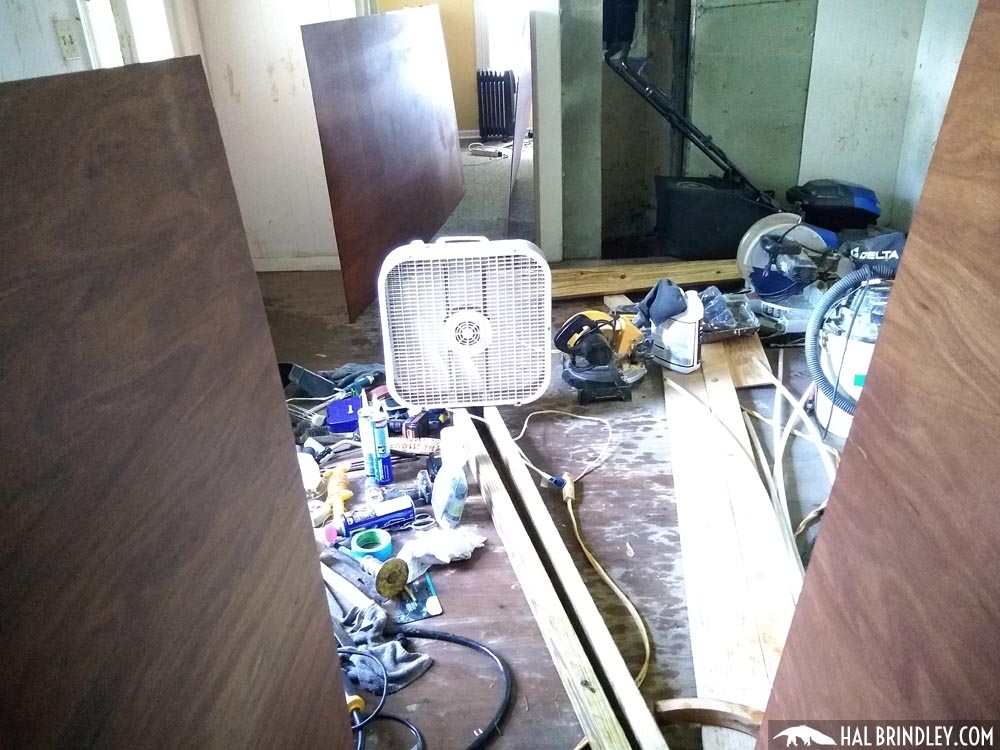





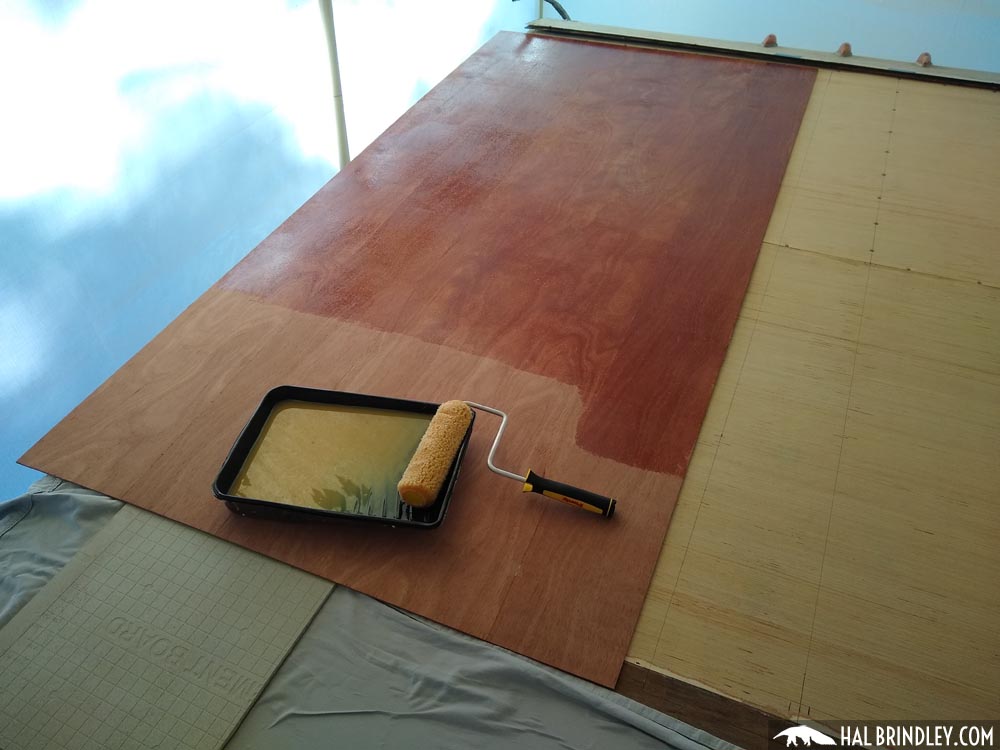
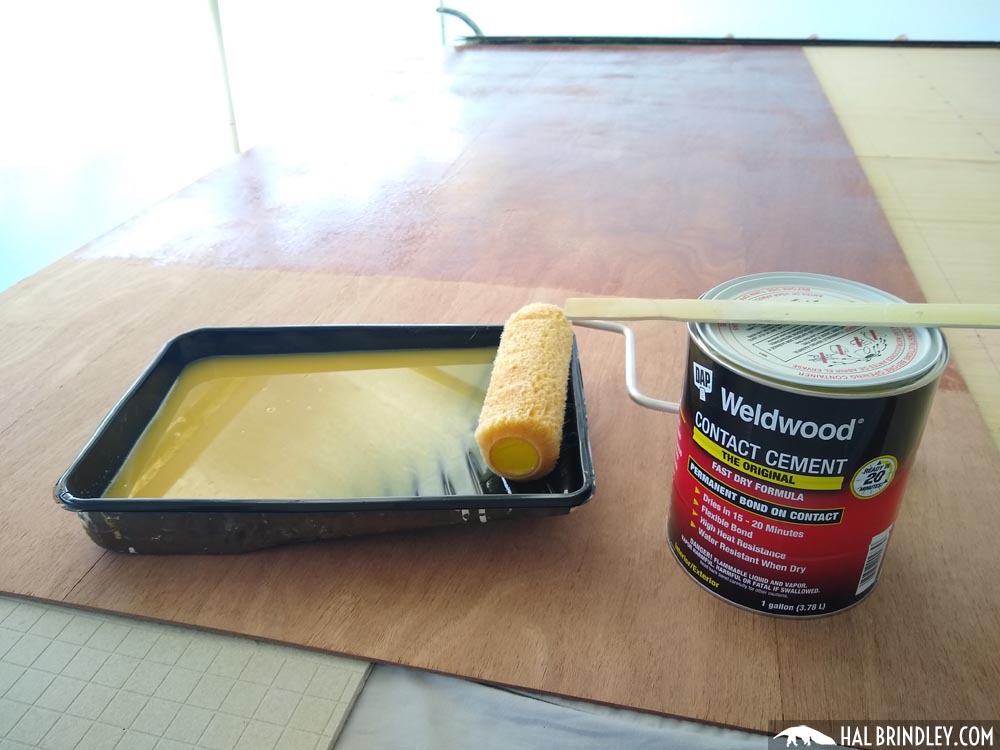
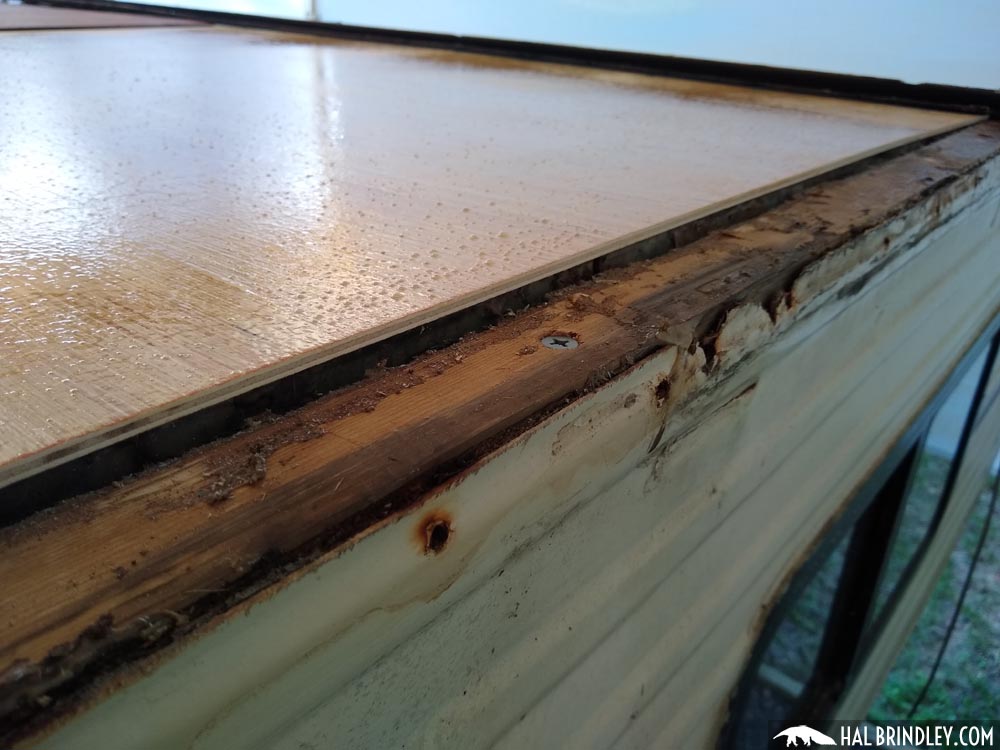






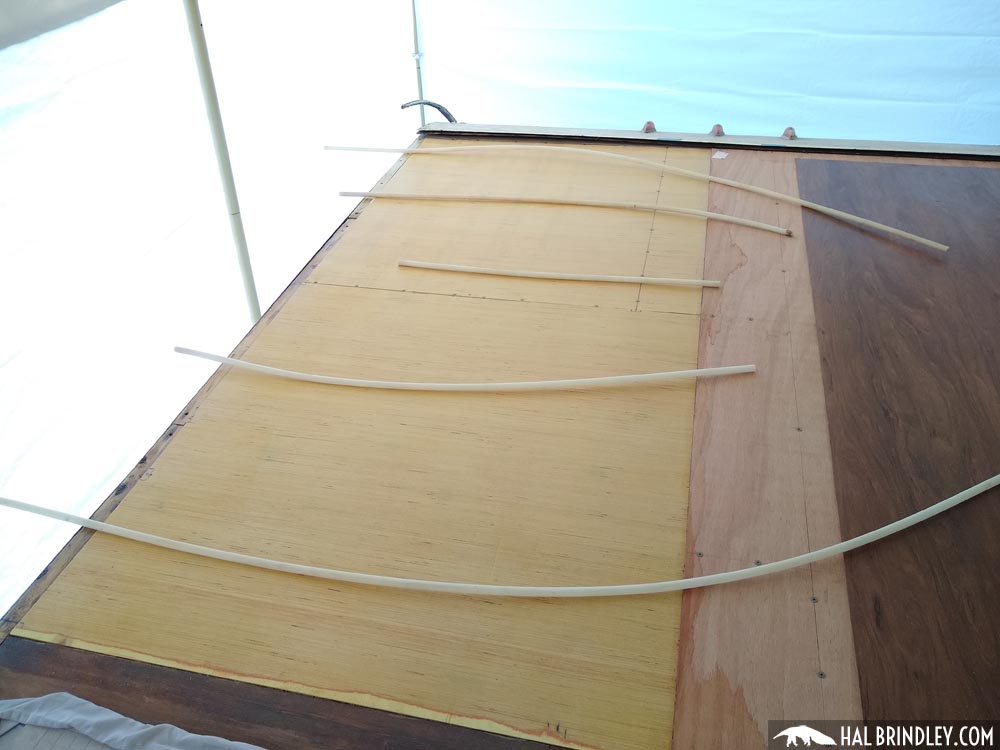


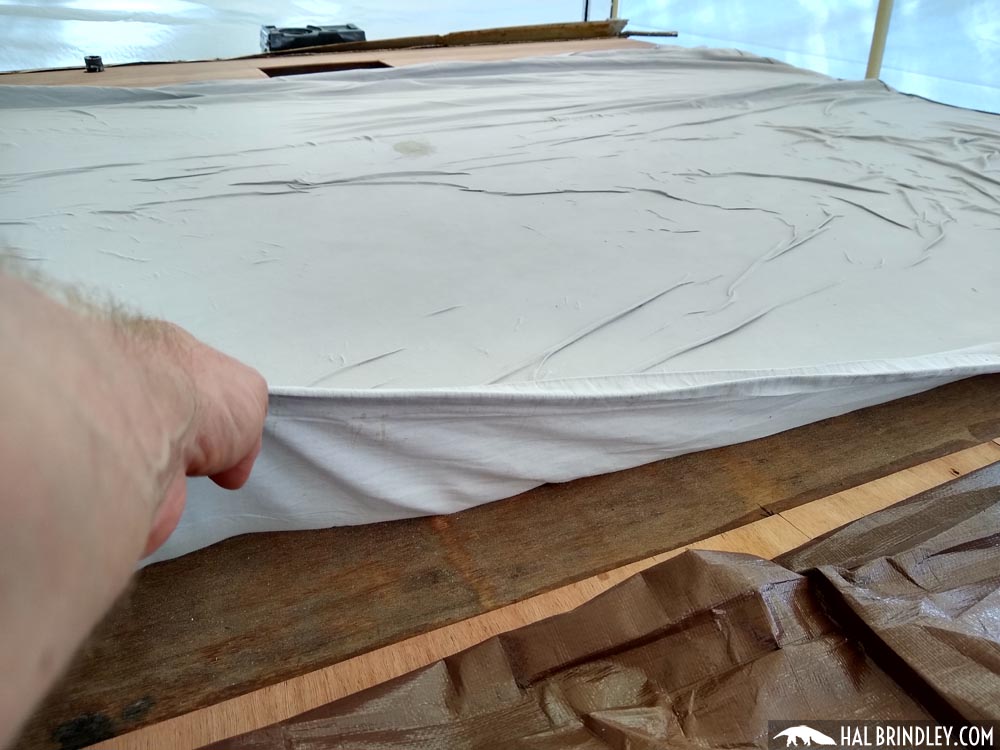


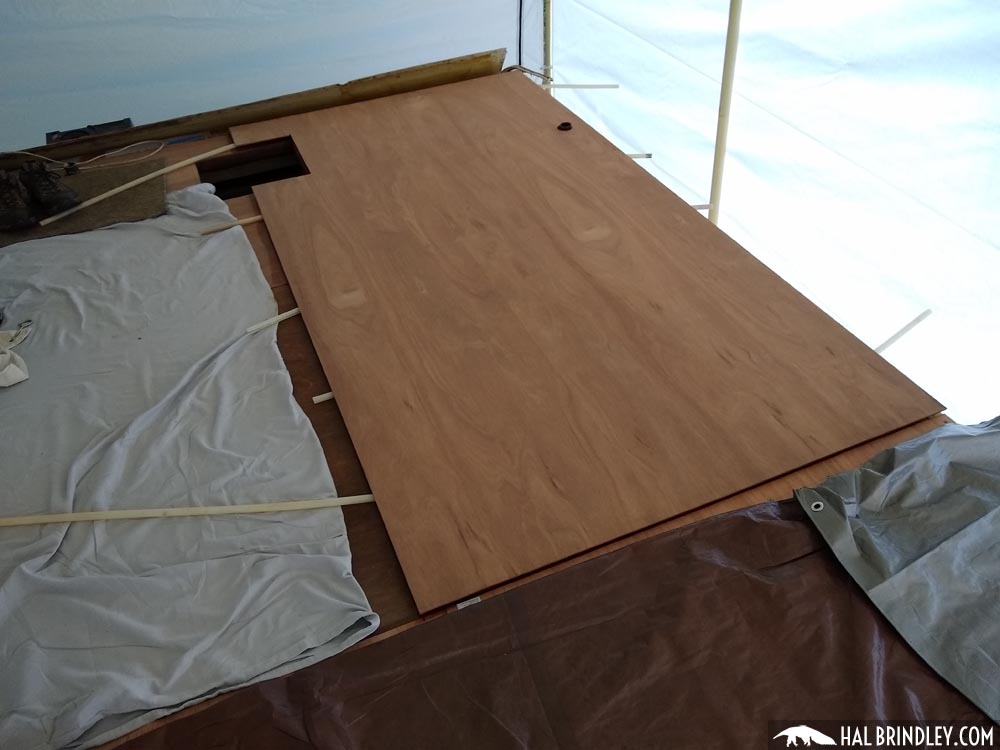





For the next step I’m going to repair the front RV clearance lights (marker lights).